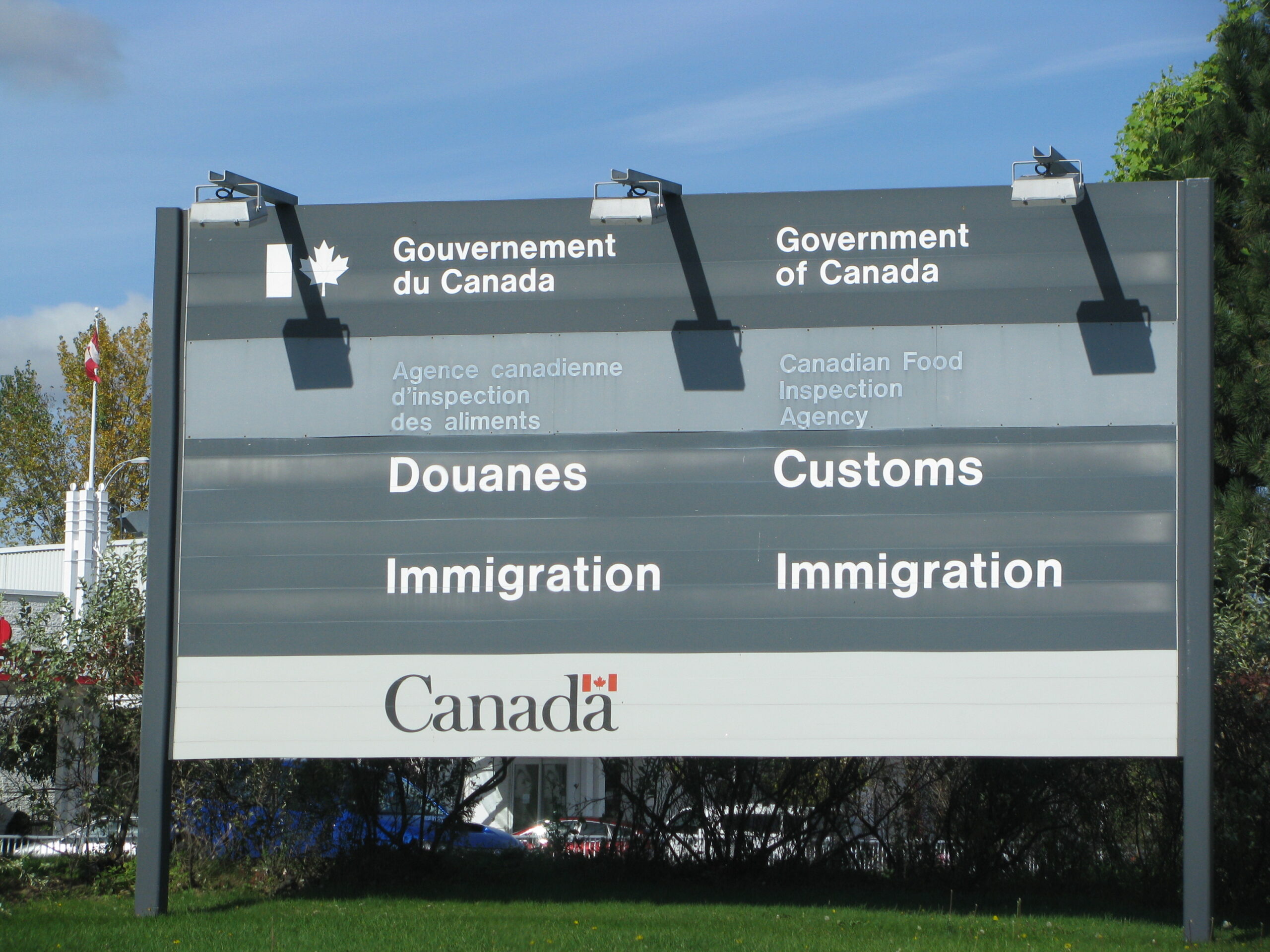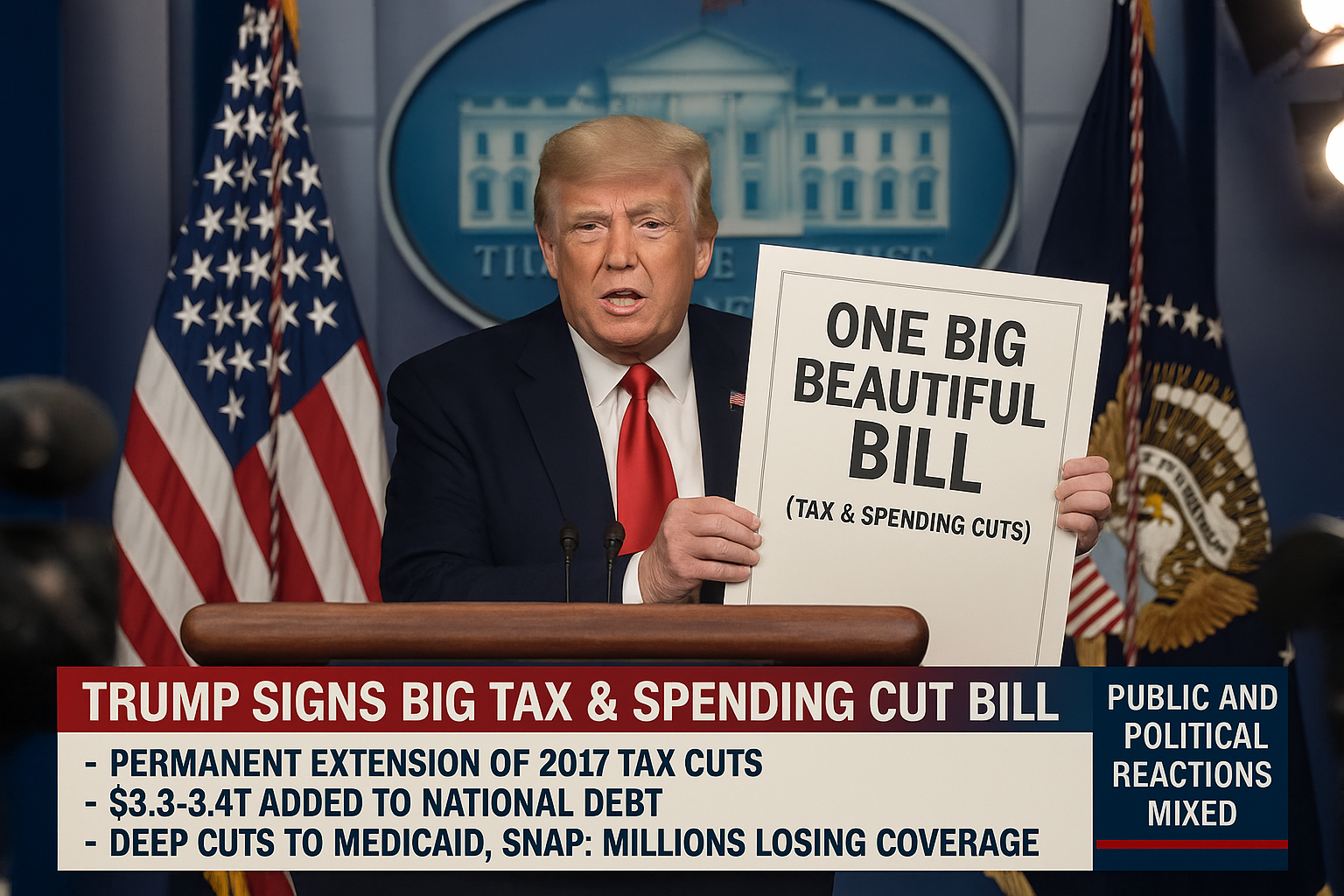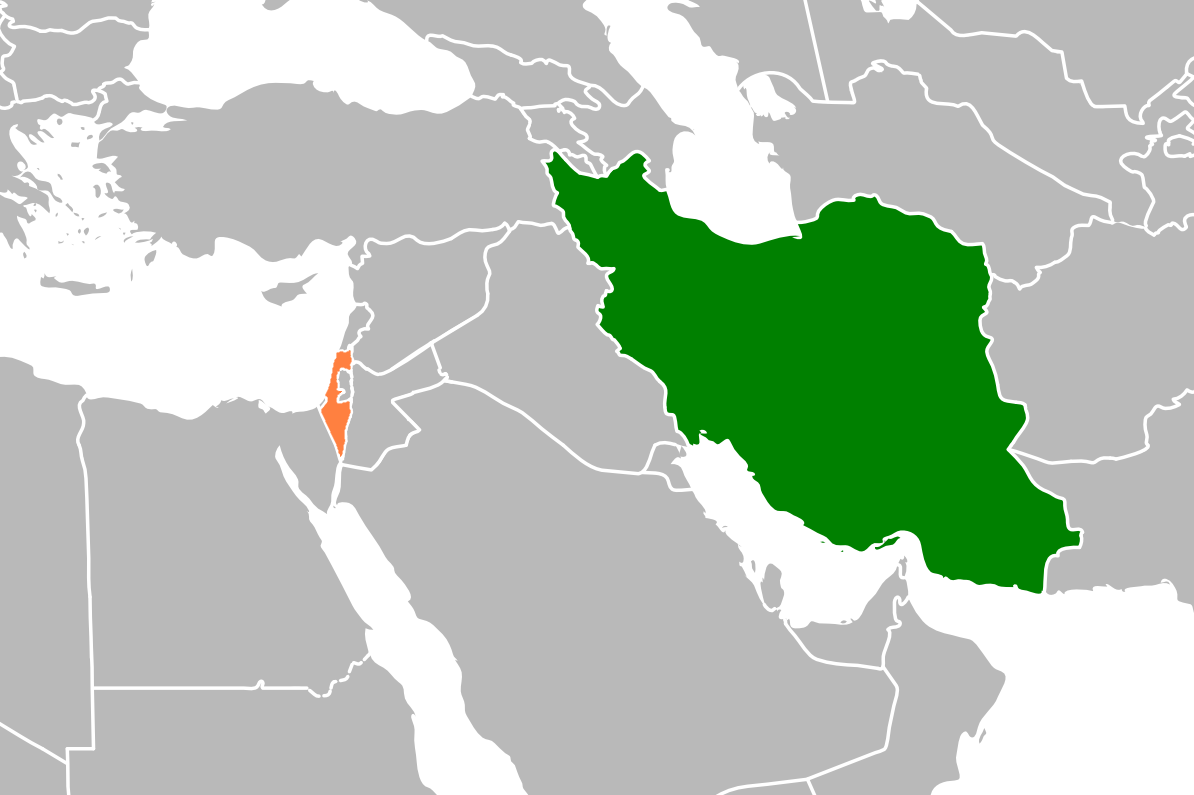Canadian immigration Policy review:
In recent years, Canada’s immigration has seen huge growth under the government of the liberal party. Immigration also contributed to Canada’s population growth which was around 35 million when liberals came into power back in 2015, but soon after Canada saw a big jump after policy change, and as of 2025 it has reached a staggering 41 million. The government has set a target to achieve or grant 485,000 permanent residents. There was an expansion on granting temporary visas which included student visas and temporary foreign work. However, those mentioned ways were normal and legal ways to enter any country, but Canada was also seen as the best place to go in case anybody was in crisis in their own country, so they took refuge. At one point Canada was at the top spot for accepting refugees even when Russia invaded Ukraine.
When problem started
It was not long before people started noticing, that immigration might be causing some problems in terms of the job market affected and housing crises. Major cities are getting overcrowded and creating more congestion as usually, new immigrants prefer cities to remote locations in view of better job markets and connectivity. House market was badly hurt during the policy change, and demand for rental property skyrocketed as there was not much to offer which led to unfair rentals and exploration of tenants. As of now, cities are the worst place to live in terms of affordability, there are not enough houses to cover ongoing demand and this can be seen with more homeless people on the street. The job market is divided in the not visible border as locals lost their minimum wage as new workers came in and this also led to hate against immigrants by some groups. The most common problem in such an environment is government funding won’t be as needed but people keep on coming which makes housing, transit, and schooling breaks as they won’t be able to take in above their limit. Canadian immigration policy is not created by the view that it will affect in the short or longer run. There was a surge in international students in around 2023, which added 900,000 international students and the same number in the foreign workforce. Quebec wants to cap immigration intake in their province in the view of preserving the French language and other government services. As of now, Canada has one of the fastest-growing populations within G7 countries.
Expert Suggestions
Local municipalities and provincial governments should actively participate in federal immigration policy to avoid any strain on their work which also helps to make policy more robust and transparent. Another key point to note is, that immigration targets should be based partially on housing construction so there won’t be problems in settling the general public and newcomers. Until the change is made, there should be a Canadian immigration cap to avoid future breakdowns. Immigrants see a growth in racism and misinformation due to the growth of stereotypes in the general public against newcomers. The government should not turn economic dependency on immigration into flow.
Value Immigrants added to Canada.
Young immigrants contribute to tax collection by the Canadian government which is also helping to fill the gap of the aging workforce. After landing in Canada newcomers tend to move towards small towns or rural areas which also boosts remote location markets in terms of jobs or the economy of that particular area. Canadian Immigration policy attracts top talent from around the world, be it healthcare or tech. Canadian trade also increased in the last four to five years. As we mentioned before, Canada also accepted a large number of refugees who were in crisis, notably some of them were from Ukraine and Afghanistan.
More Stories: Iran VS Israel
Image Credit: Wikipedia






